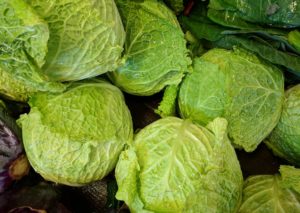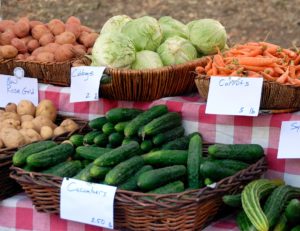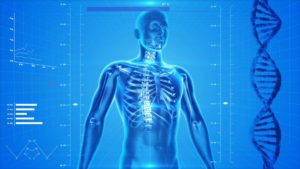A complete protein (or whole protein) is a source of protein that contains an adequate proportion of all nine of the essential amino acids necessary for the dietary needs of humans or other animals.
 All vegetables are complete proteins. All vegetables contain all essential amino acids necessary for the dietary needs of humans but some may be lower in one or two amino acids.
All vegetables are complete proteins. All vegetables contain all essential amino acids necessary for the dietary needs of humans but some may be lower in one or two amino acids.
In 1994, Vernon Young and Peter Pellett published their paper that became the definitive contemporary guide to protein metabolism in humans. It also confirmed that complementing proteins at meals was totally unnecessary. Thus, people who avoid consuming animal protein do not need to be at all concerned about amino acid imbalances from the plant proteins that make up their usual diets. [15]
 The concept that plant proteins are incomplete or inferior, and that humans have to combine proteins at meals, have thus all been dismissed by the nutrition community as myths. While many plant proteins are lower in one or more essential amino acids than animal proteins, especially lysine, and to a lesser extent methionine and threonine, eating a variety of plants can serve as a well-balanced and complete source of amino acids.[15]
The concept that plant proteins are incomplete or inferior, and that humans have to combine proteins at meals, have thus all been dismissed by the nutrition community as myths. While many plant proteins are lower in one or more essential amino acids than animal proteins, especially lysine, and to a lesser extent methionine and threonine, eating a variety of plants can serve as a well-balanced and complete source of amino acids.[15]
Pediatrician Charles R. Attwood wrote, “The old ideas about the necessity of carefully combining vegetables at every meal to ensure the supply of essential amino acids has been totally refuted.”[16]
In 2002, Dr. John McDougall wrote a correction to the American Heart Association for a 2001 publication that questioned the completeness of plant proteins, and further asserted that “it is impossible to design an amino acid–deficient diet based on the amounts of unprocessed starches and vegetables sufficient to meet the calorie needs of humans.”[17]
Later that year, Dr. Andrew Weil wrote that “you don’t have to worry that you won’t get enough usable protein if you don’t put together some magical combination of foods at each meal.”[18]
In Healthy Times Jeff Novick wrote that the necessity of protein combining is a “myth that won’t go away”.[19]
In 2005, Dr. Joel Fuhrman wrote:
- …plant foods have plenty of protein and you do not have to be a nutritional scientist or dietitian to figure out what to eat and you don’t need to mix and match foods to achieve protein completeness. Any combination of natural foods will supply you with adequate protein, including all eight essential amino acids as well as unessential amino acids.[20]
Dr. T. Colin Campbell wrote in 2006:
 We now know that through enormously complex metabolic systems, the human body can derive all the essential amino acids from the natural variety of plant proteins that we encounter every day. It doesn’t require eating higher quantities of plant protein or meticulously planning every meal.[21]
We now know that through enormously complex metabolic systems, the human body can derive all the essential amino acids from the natural variety of plant proteins that we encounter every day. It doesn’t require eating higher quantities of plant protein or meticulously planning every meal.[21]
In 2009, the American Dietetic Association wrote:
- Plant protein can meet protein requirements when a variety of plant foods is consumed and energy needs are met. Research indicates that an assortment of plant foods eaten over the course of a day can provide all essential amino acids and ensure adequate nitrogen retention and use in healthy adults, thus, complementary proteins do not need to be consumed at the same meal.[22]
The American Heart Association now states:
- You don’t need to eat foods from animals to have enough protein in your diet. Plant proteins alone can provide enough of the essential and non-essential amino acids, as long as sources of dietary protein are varied and caloric intake is high enough to meet energy needs. Whole grains, legumes, vegetables, seeds and nuts all contain both essential and non-essential amino acids. You don’t need to consciously combine these foods (“complementary proteins”) within a given meal.[23]
More information at the following websites:
